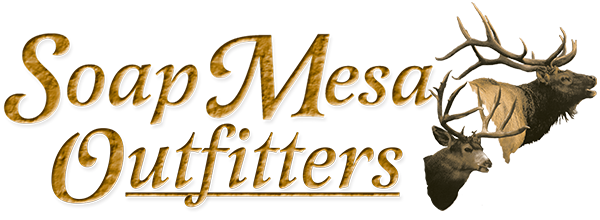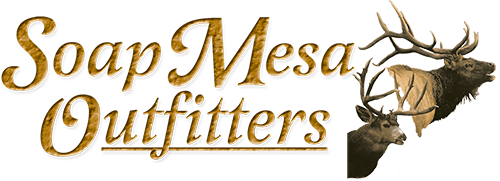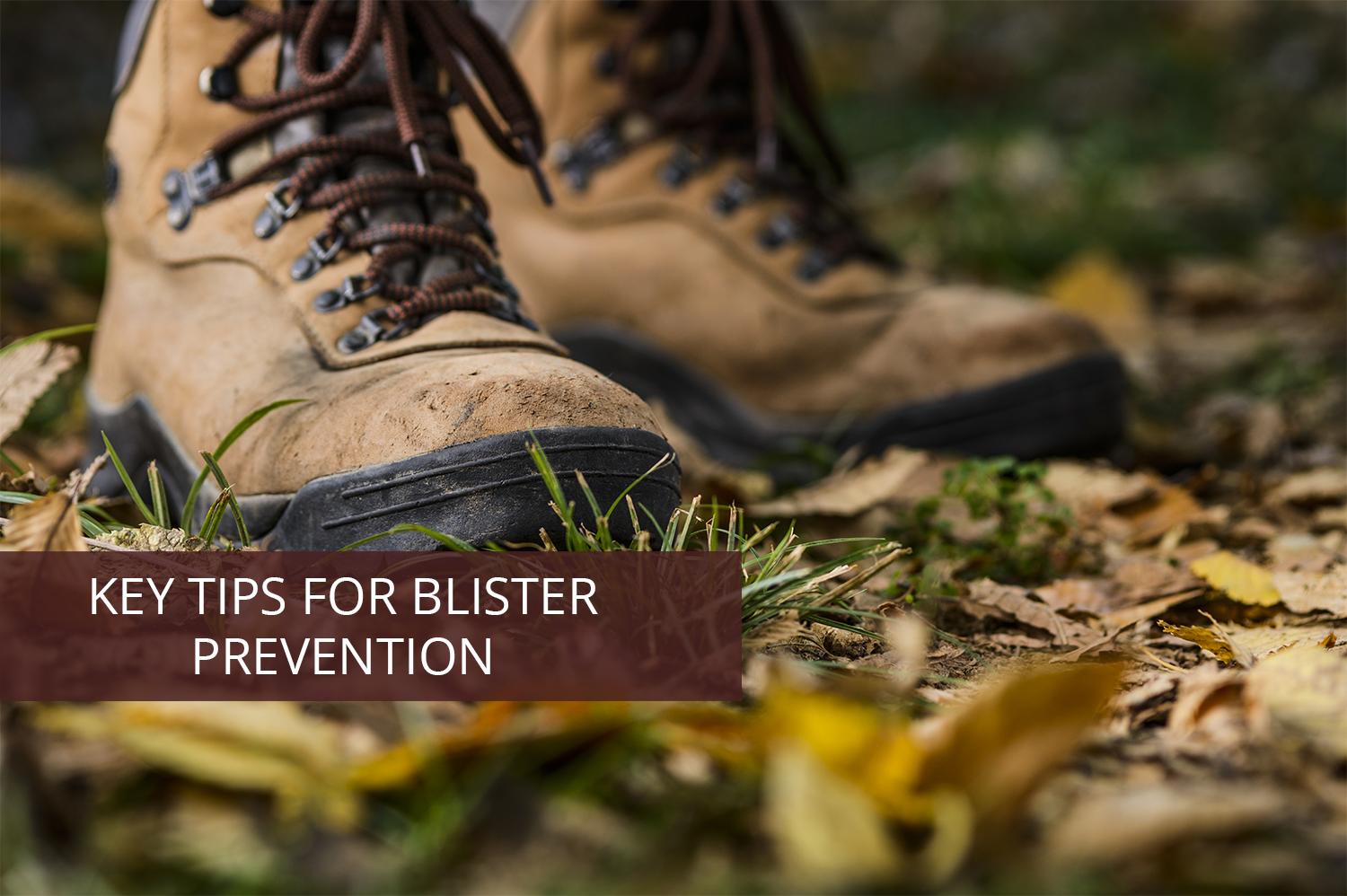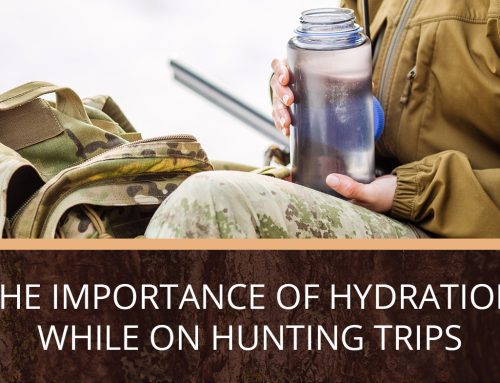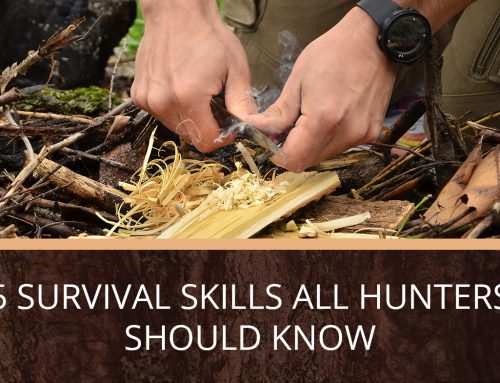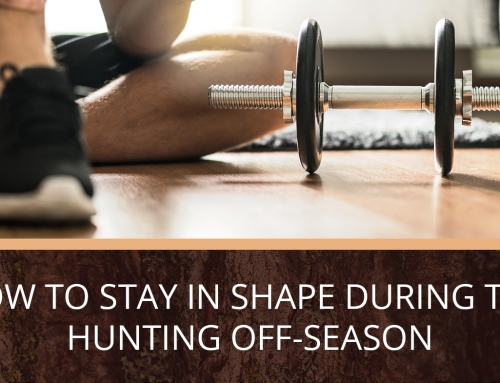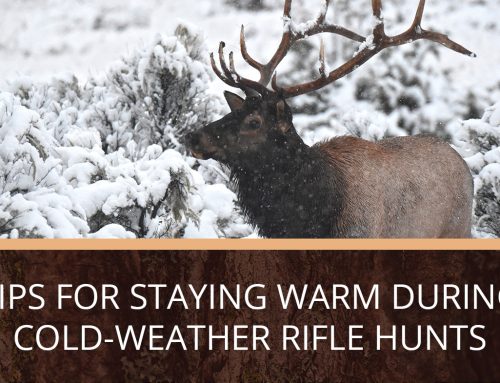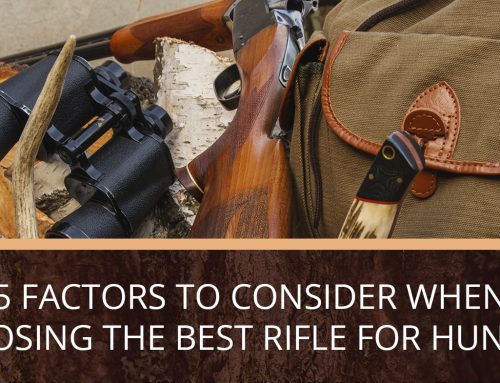Of all things you prepare to encounter on a hunt – harsh terrain, bad weather, altitude – blisters are often overlooked. This superficial friction injury may be small, but it can ruin your whole day. Good thing there are steps you can take to avoid them. Here are our key tips for blister prevention.
What Causes Blisters
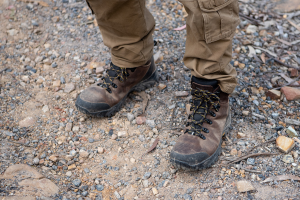
The most common cause of blisters is boots that are not properly fitted.
First things first, be aware of what a blister is. A blister is a collection of fluid beneath the epidermis or first layer of skin. A blister, or worse, multiple blisters, can halt even the most determined and tough. It happens to the best of us, so it’s good to be aware of the common causes. Here are a few:
- Incorrectly Sized Boots: The most common cause of blisters is boots that are not properly fitted. Too big of a size boot is the usual cause. The slipping of the heel causes persistent rubbing, leading to blisters. This can be worse with stiff, structured boots.
- Poor Sock Choice: Quality socks go a long way towards blister prevention. The wrong material and size can be the difference between comfortable feet during your hunting weekend and your heels full of blisters.
- Moisture: Water on the skin over a prolonged period of time makes it soft, and that makes it more susceptible to blisters.
- Debris: Might be obvious, but debris can sneak into your boot while you’re hunting. Careful if you get anything in your boot while in the field, as even a small pebble can cause a blister and ruin your day.
How to Prevent Blisters
The good thing about blisters is they are preventable. Blister prevention is all about vigilance and awareness. Now that you’re aware of what can cause them, your goal is to monitor and minimize those factors. Follow these tips to prevent blisters:
Boots
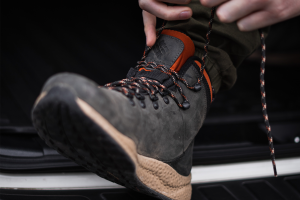
Properly fitted boots are the foundation of blister prevention.
Above all, make sure your boots are correctly fitted to your feet and are broken in properly. This is the foundation of your blister prevention, so you need to get it right. Here’s the thing: don’t take recommendations solely from friends or internet reviews on which boots to buy. Just because a boot brand has five-star reviews doesn’t mean it will work for your feet.
Go to a physical store and try several pairs of boots on and wear them around for a bit. Walk around the store, try and step up on a stool, just keep them on your feet longer than two minutes. Pay attention to not only size, but the width, the shape of the toe box, and how the heel lines up with your own foot. Any signs of discomfort, rubbing, or pressure points during this try-on will only get worse when out in the field. Once you find your pair, be sure to break them in before going on your hunt.
Wear Proper Socks
As we mentioned, good socks are nearly as critical to blister prevention as boots. Not only the material and quality of the sock but also how much you change them while on your hunt.
Your socks should be made of wool or synthetic materials, as cotton can hold in moisture. Like your boots, they should fit properly to your foot. Too big and they can cause wrinkles that can cause blisters; too small and they can create pressure points. Doubling up and wearing sock liners underneath your socks can also add a protective layer and can help to wick away moisture.
Another way to prevent blisters is to change your socks frequently. It takes a few minutes to do, but swapping out for a dry pair is a major step toward blister prevention. At the very least, carry one extra pair with you. If your feet are damp from sweat or wet conditions, you’ll be able to switch them out and your feet will thank you.
Treat Hot Spots Immediately
Pay attention to how your feet feel during your hunt. The minute you feel a hot spot forming, take care of it. Brushing it off will lead to a blister, and sticking a band-aid on it will only come loose in your sock and rub, irritating it further (and that will probably irritate you).
When you find the hot spot on your foot, make sure to dry it off and apply protection. Leukotape is a great thing to carry with you for these situations. It’s a tough, zero stretch high adhesion athletic tape that puts Moleskin to shame for its friction prevention and longevity. Cut a piece off, apply it to your hot spot, and you’ll be good to go for the rest of the hunt. Don’t have it? Don’t worry. Paper surgeon’s tape, kinetic tape, cloth and synthetic medical tape, and even duct tape in a pinch will all work too.

We’ll show you what you’ve been missing.
Get Ready for a Hunt with Soap Mesa Outfitters
No one wants to deal with blisters on their hunt. But with these tips, your feet will be blister-free and ready to hunt down some mule deer or elk. So, what are you waiting for? Come on a guided hunt with us. At Soap Mesa Outfitters, we provide the best guided hunts in Western Colorado and we’ll be happy to show you what you’ve been missing.
